Affiliate Disclosure: We earn a commission if you purchase through one of our links at no additional cost to you.
Coming up with photo composition ideas for travel photographer can seem to be hit or miss. Some scenes just naturally lend themselves to beautiful photos. Others look beautiful, but seem difficult to capture into a still frame.
We have some ideas that can help you work with those less cooperative travel environments. You can drastically improve your travel photos with just a few concepts. We’ll tell you how to get an unfair advantage over most travel photographers, and share some advice on how to work a scene to get photos that other people miss entirely.
The Best Photo Composition Ideas Come from Mental Preparedness
The best piece of photography advice I ever got was to think like a coffee table book.
That means you walk into a place already knowing your tactics an strategy, even if you don’t know what you’re going to find. Travel photography is often a surprise, and that’s a good thing. You want to capture the wonders that you experience and share them with others.
How are you going to do that if you don’t have any preparation to think like a photographer before you get there?
Compare it to training that other professionals get who have to go into unknown environments. Soldiers, firemen, police officers. Do you think they know every little nook and cranny of the environment they’re about to entire?
Likely not. What they do know is the training they receive to prepare them to handle different situations. That gives them a toolkit of techniques to deal with whatever comes up.
Hopefully, your photography will be a lot less stressful or dangerous as those careers. However, the concept of being prepared for whatever comes at you is just as important for photographers as it is anyone else. That’s the old Boy Scout motto – Be Prepared.
A coffee table book requires strategy. You don’t just shoot the grand images, though that’s a part of it. You also need to shoot the details. Capture the moments in life, both for yourself and the people who live where you’re traveling. Get a sense of the local flavor, the colors and elements that tell your viewer that the photo belongs in a place. You want a combination of big and small things, and everything in between.
Now that you’re thinking about the strategy of a coffee table book, let’s talk about some of the tactics to help you create it.
Look for Vignettes
Photographers tend to think of vignettes as something that darkens the edge of their photo. We’re talking about a different type of vignette, here. A vignette is a small or brief description that’s evocative of the subject.
In other words, look for small things that tell a story about the place you’re visiting. You often find these in window displays for shops. It’s a way for the business to let people know what they offer. If you go to a wine shop, expect that you may find a display that showcases the wine. A baker will showcase their bread and cakes. A butcher may have a display case of meat.
You get the idea.
A vignette tells the story at a glance. These businesses have to get the attention of busy people walking by who may be in the mood for a bottle of wine, a slice of bread and some meat to put in it. The little window display tells them a quick story about what’s inside.
You don’t have to look for window displays, but use the same idea. When in Venice, a row of gondolas is your vignette. In Las Vegas, it may be a row of slot machines. The vignette may be a person in traditional clothing doing some work.
The idea is to look for something simple, yet it tells people part of the story of where you are. It’s a photo composition idea that sets the table for your travel story.
Food is Part of Your Story
Most people tend to eat three times a day, give or take some exceptions. That means food is an essential part of any place you visit. Therefore, shoot the food.
Some destinations are known for specialty dishes or types of cuisine. Except the French. There’s no such thing as French food. It’s just a style of cooking that’s French, or so I was taught at Le Cordon Bleu when I worked there. (I just had to throw that in here.)
Whether you’re having funnel cakes at a carnival, clam chowder in New England or or New chua in Viet Nam, take photos of the food that identifies or says something about your destination.
It’s not just the food. Maybe you want to get a stein full of beer in Hamburg or a glass of port in Portugal. In some places, it’s the dessert.
There’s a restaurant from New York called Black Tap. They have a location in The Venetian in Las Vegas, too. They make these outrageously decorative milkshakes that are practically invented for Instagram. Get a shot and let people know you were at Black Tap. It’s part of your experience and therefore your story. I surprised my daughter with a visit there, and she also wanted to go to Sugar Factory for a similar experience and photo.
Never mind that we have a Sugar Factory in Orlando, she wanted to have the experience in Las Vegas. We made sure to get some photos and video of her travel story.
Not every meal is over the top of extravagent. A hot dog in a baseball park is hardly out of the ordinary, but it’s part of the story. What other types of food or drink tell part of the travel story where you’re taking photos?
Get the Standard Shot, Then Look for Different Perspectives
Most travel destinations have a landmark feature or two. Things that you just have to photograph and everyone knows that you were in Chicago or New York. Go ahead, get those shots.
I call them Trophy Photos. That isn’t meant to be derogatory. Yet it also isn’t that different from the photo that thousands of other people took at the same spot of Horseshoe Bend or Spaceship Earth in Epcot. If it’s a nice photo and you want it, then get it.
Next, think about how you can put a spin on the same photo.
Can you shoot it from a different point of view or perspective? Get above it. Get below it. Move to another side. Work with the lighting at different angles or different times of day.
Some photos are just classic shots, like the sunrise starburst just behind Mesa Arch. You have to be there at a specific time and put your camera in a specific place just to get that shot – usually next to a wall of other photographers.
What else can you do with Mesa Arch?
Maybe you can show up late in the day and wait for some Milky Way shots to appear at night. It’s something different. Perhaps you can show up with a strong flashlight and get some search beams, or do some light painting.
There’s always something different you can do. Experiment with angles, lighting, time of day or night. The idea of coming up with photo composition ideas for travel photos is all about seeing something that others miss.
Don’t get fixated on the standard shot. There’s nothing wrong with getting it, and I think most people would be disappointed if they didn’t take the standard shot. However, that subject looks different during different parts of the day, different times of the year, and from different perspectives.
Sometimes the differences you seek may be away from the throng of people taking the standard photo.
Show Up for the Best Light
When is the best time to photograph your subject?
On many of my travels, the best time meant waking up earlier than everyone else. Not just for the light, but also for the emptiness.
The photo above is the Dawn Patrol of photographers in Havana during a trip I took organized by Santa Fe Photographic Workshops. Every morning, the streets were empty (except for that dog). We went out to see what we could get before the city came to life.
There were plenty of opportunities to work with a number of techniques:
- Light and shadow
- Lines and angles
- Architecture
- Details
- Vanishing points
I’m not a street photographer, but I found that I enjoyed getting out in the city having some fun without any distractions. Sometimes your best light is in darkness.
However, light follows darkness. That gives you time to be in the right spot to take advantage of some of the best light of the day. Soft light, directional light, and colorful light.
That doesn’t mean that soft light is always the best light. Having fun with shadows also works out well for some stories.
Look for Anchor Points
This is a well-known concept, but the phrase “anchor points” is just a phrase I use to describe having an object in the background that everyone knows and recognizes. It tells the viewer instantly something about your location.
It could be the Eiffel Tower in Paris (or its little cousin in Las Vegas), Cinderella Castle in Walt Disney World, or the TransAmerica building in San Francisco. When you see it, even blurry in the background, you know that the photo takes place in that destination.
That’s part of your job as a travel photographer. You can explore all sorts of interesting things in your destination, but always let them know where you took the photo. That little bit of recognition in your photo ties the viewer’s interest and emotion to your story.
If the Mickey Mouse ears and expression on this street lantern pumpkin doesn’t tell you that it’s fall in Orlando, the blurry outline of Cinderella Castle in the background fills in the rest of the story.
Give the mind something to fill in the blanks and they’ll tell the story to themselves.
Get Behind the Main Attraction
Do you know where the biggest crowd is for the fireworks show at Walt Disney World’s Magic Kingdom? It’s right in front of the castle. Up and down Main Street USA. That’s especially true since Disney started using projection shows on the castle. People want to see the show.
Everyone sees the same thing.
So go somewhere else and show them something they missed by staying in the herd.
Sometimes you tell more of the story by getting farther away from it.
I love the common advice to get in close and fill the frame. It’s solid advice for many photographic subjects. Yet the more you narrow your point of view, the less vision you have of the entire story.
When you’re a travel photographer, you need to keep an eye out for many different perspectives of the same destination. Maybe you can’t get everything in your trip, but don’t get target fixation and miss what’s going on around you.
Find Performers and Get Their Attention
This advice also comes with a warning. Many street performers expect payment if you take their photo.
It’s a fair trade. They give you something you want, you give them something they want. Performers in other venues are working for payment already. Photography may or may not be permitted, so you need to check the rules before you whip out your camera.
Let’s assume that you’re permitted and the performance looks attractive. Now what?
Start looking for a few things.
- Emotion
- Engagement with the Camera
You always want to find some emotion in your photos for your viewers. Make them feel something.
I liked this moment with Kalebra and Felix. There’s clearly a moment between them and some emotion on display. It’s a happy little shot and that can transfer to the viewer of the photo, also.
Engagement is when the performer gives you some eye contact. They’re looking into the lens, which gives your viewer the perception of contact.
There are a number of ways to get engagement. Sometimes performers are willing to give the camera some attention because they want photographers to get a good shot of them. Sometimes, you get attention because they didn’t expect any photographers to be at their performance.
I’m guessing that Robin Zander didn’t expect to see a guy with a 70-200 lens at a Bike Week concert and wasn’t happy with me. Ain’t that a shame?
You know the easiest way to get engagement with a camera from a performer? Ask for it.
You don’t want to interrupt or ruin a performance. Sometimes a simple, silent gesture will get someone’s attention. It works for animals, too.
Just makes sure the animal won’t eat you once it’s paying attention to you.
Bad Weather is Your Friend
Sometimes the most interesting things happen during inclement weather. That gives you opportunities that didn’t exist in bright blue skies. Look for reflections from pooling water, steam coming off the ground after a shower on a hot day. Anything that’s different because of the weather.
If you’re looking for an interesting sky, you won’t find it on a cloudless day. Beautiful sunsets usually require clouds. They break up a bland and bald sky, allowing for contrast and color as the light passes through them.
Snow sucks if you have to shovel it, but it can make for some charming photos that evoke memories from your audience.
Change Your Perspective to Get More Photo Composition Ideas
We touched on this earlier. If you can put your camera in a place where most people can’t see your subject, then you have a vantage point that allows for some different photographs. That’s why so many people are interested in drone photography.
Getting a different perspective may be the difference from this vantage point:
To this vantage point:
Why not take them both?
One of the better photo composition ideas is to put your camera someplace interesting. Look high. Look low. Find a point of view that’s different than what most people typically see, which is at an adult’s eye level.
Find Repeating Patterns and Interrupt Them
We’re drawn to repeating elements. Yet we’re fascinated by something that interrupts that pattern.
The interruption doesn’t have to be an object. It could be a different color or something turned in a different direction. Rows of chairs create a pattern. Turn one slightly, or put a different color chair in the mix, and you have a pattern interrupted.
Photo Composition Ideas Prepare You for Any Travel Destination
There are more possibilities discussed in the podcast episode than we shared in this article. However, I hope you understand the correlation I made earlier. People who prepare themselves with a strategy and tactics they know well can succeed no matter the destination.
You aren’t storming a building or a beach (I hope) to get your photos. However, knowing various elements of composition ideas will help you see your destination in the way you want to present it to your viewer.
That’s the preparation that truly matters before you ever arrive and start taking photos. That’s why your photos will be better than most when you have your favorite photo composition ideas locked down and ready to unleash on your next trip.

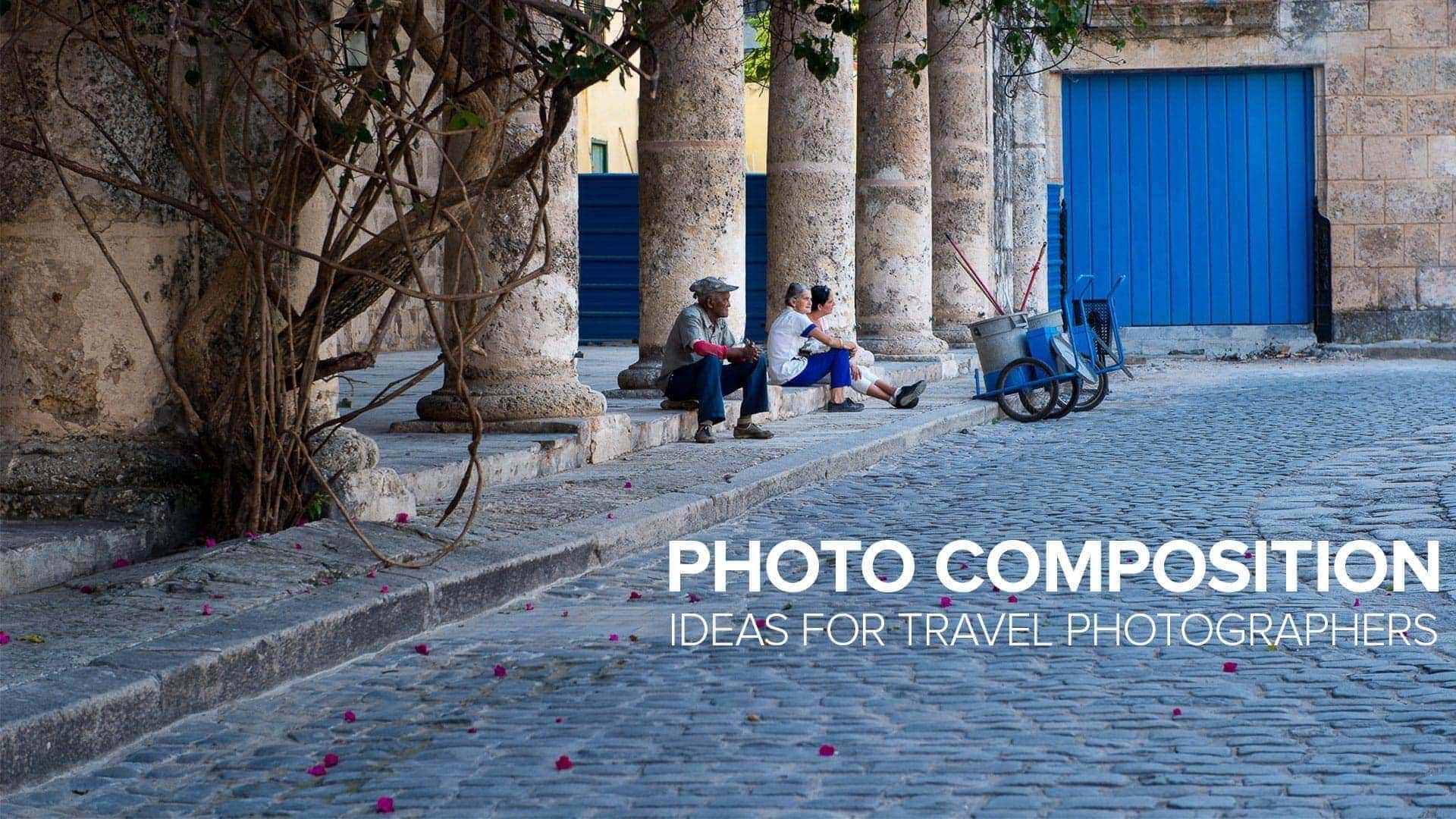
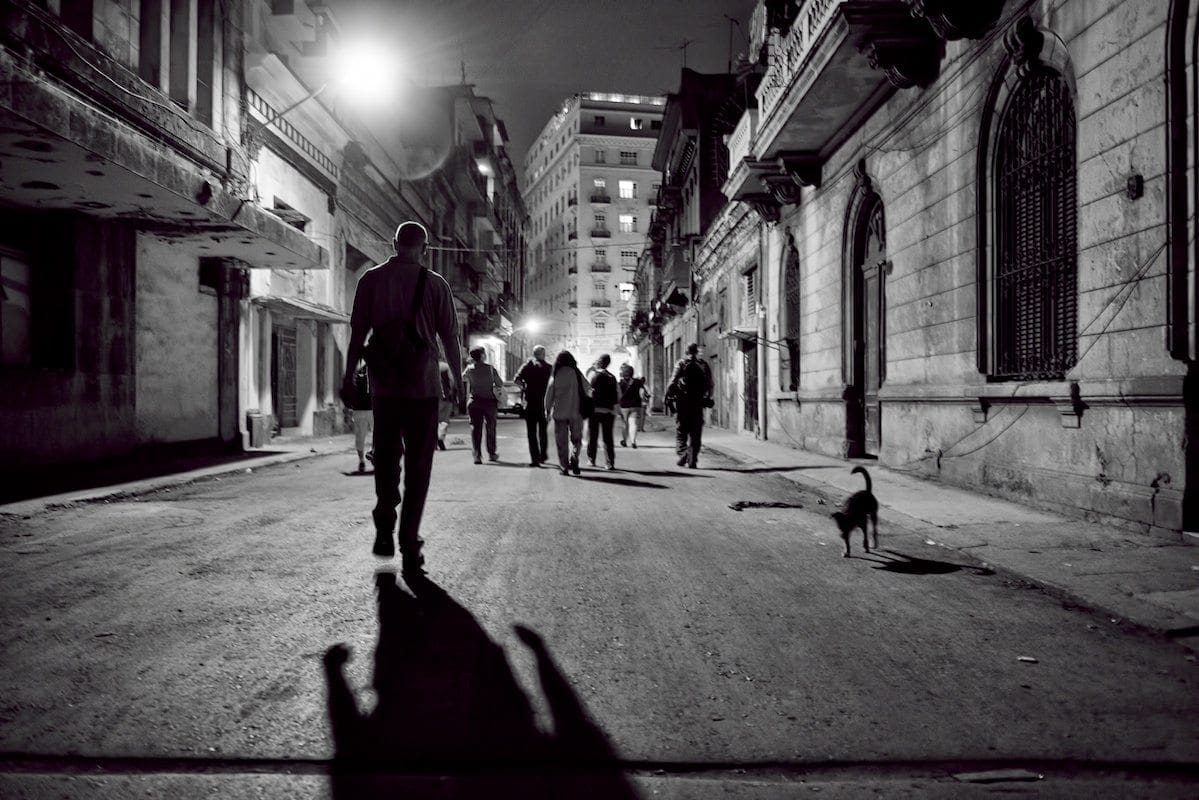
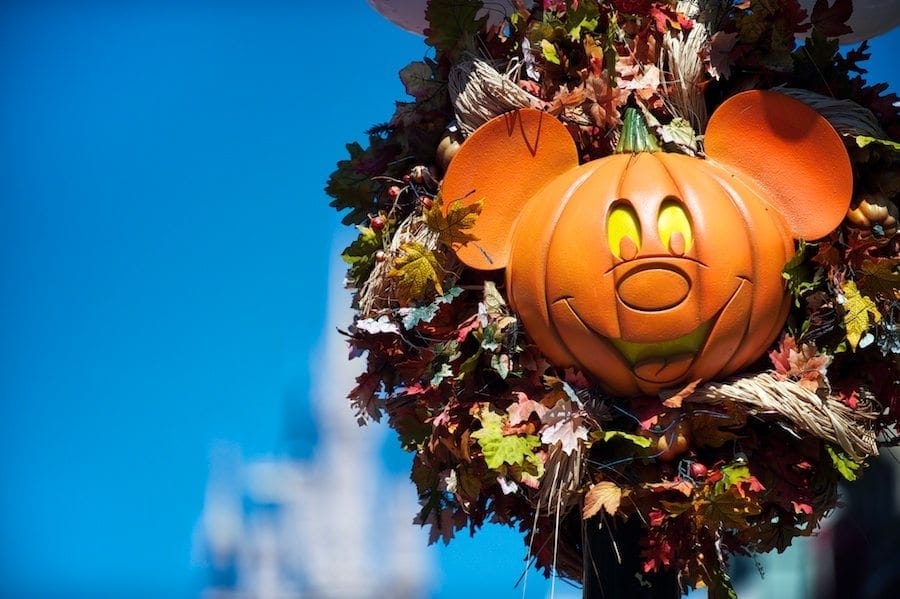
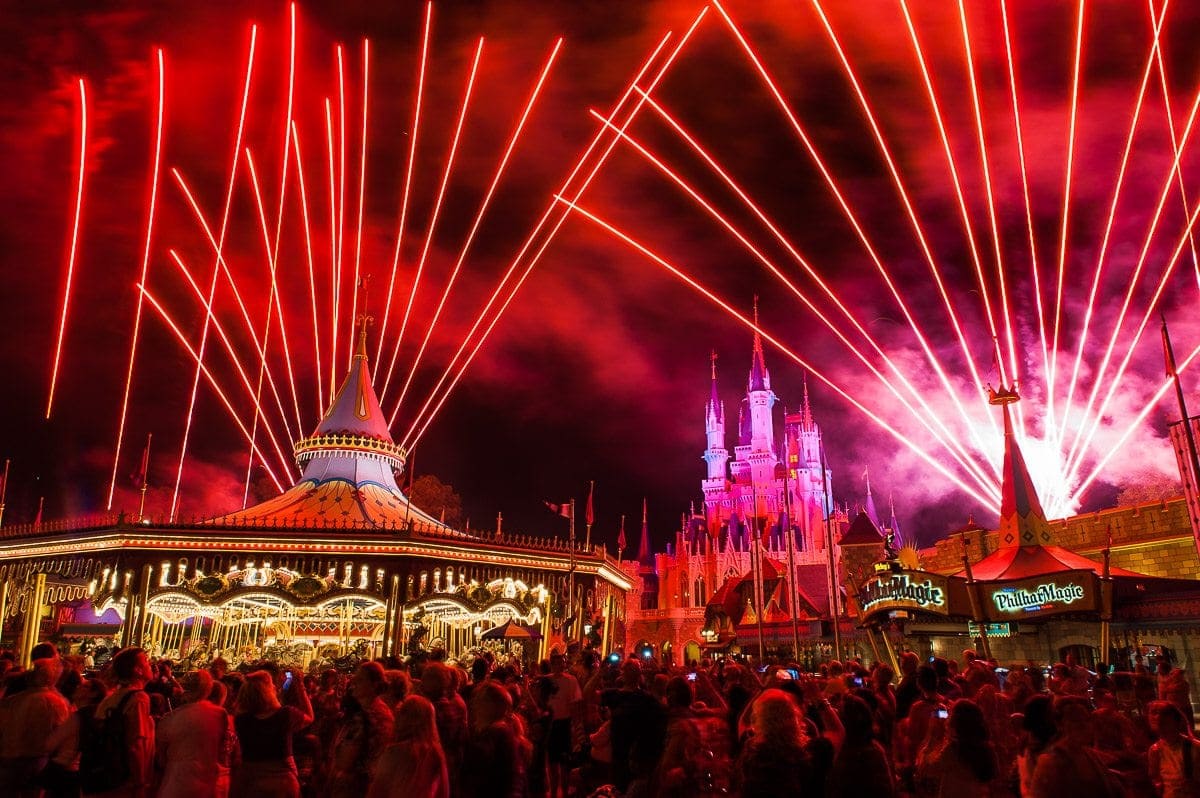
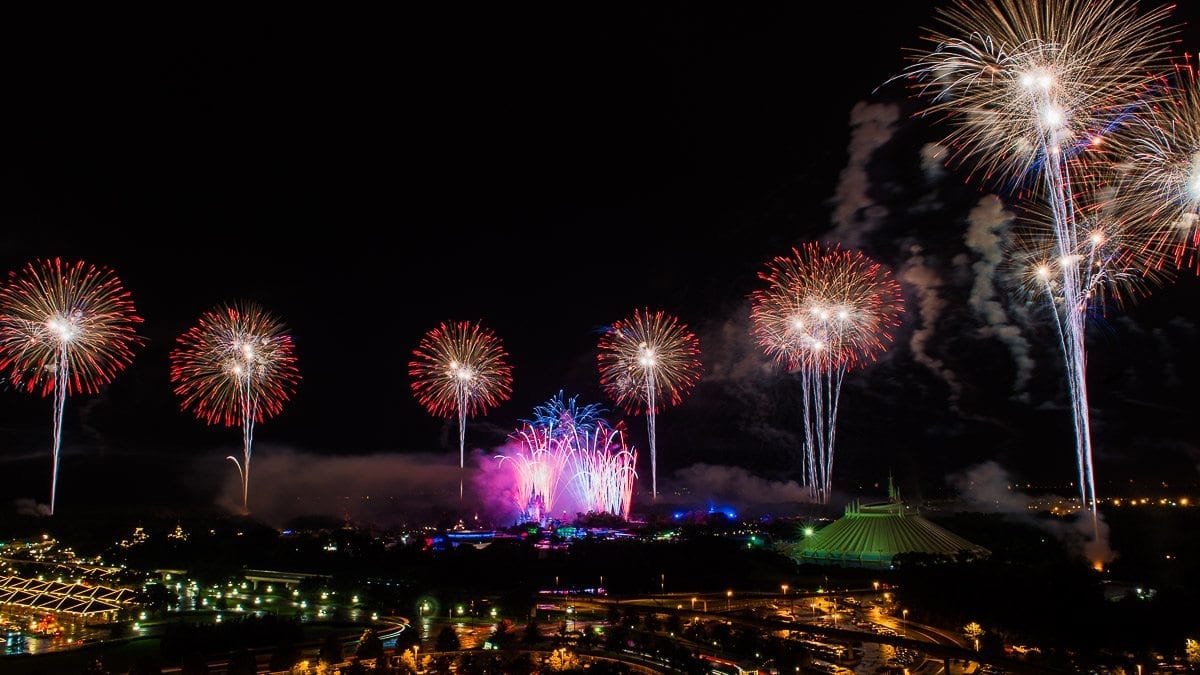
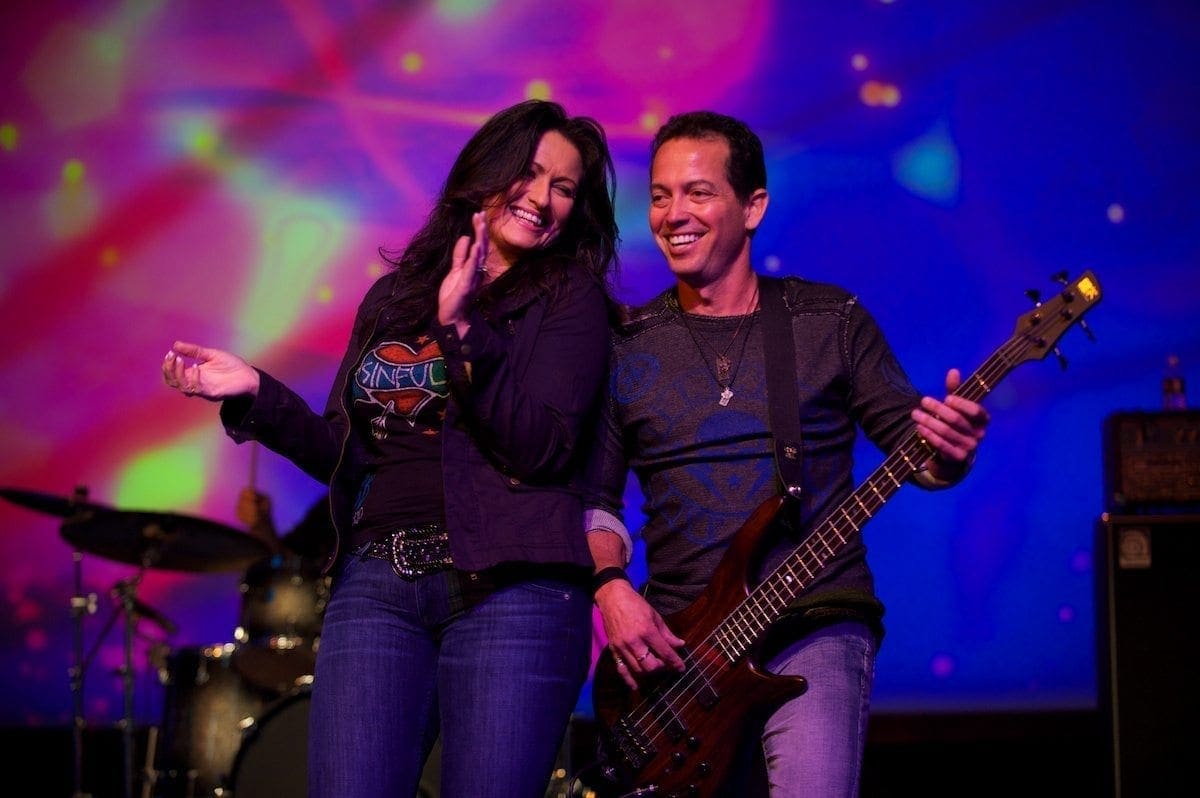
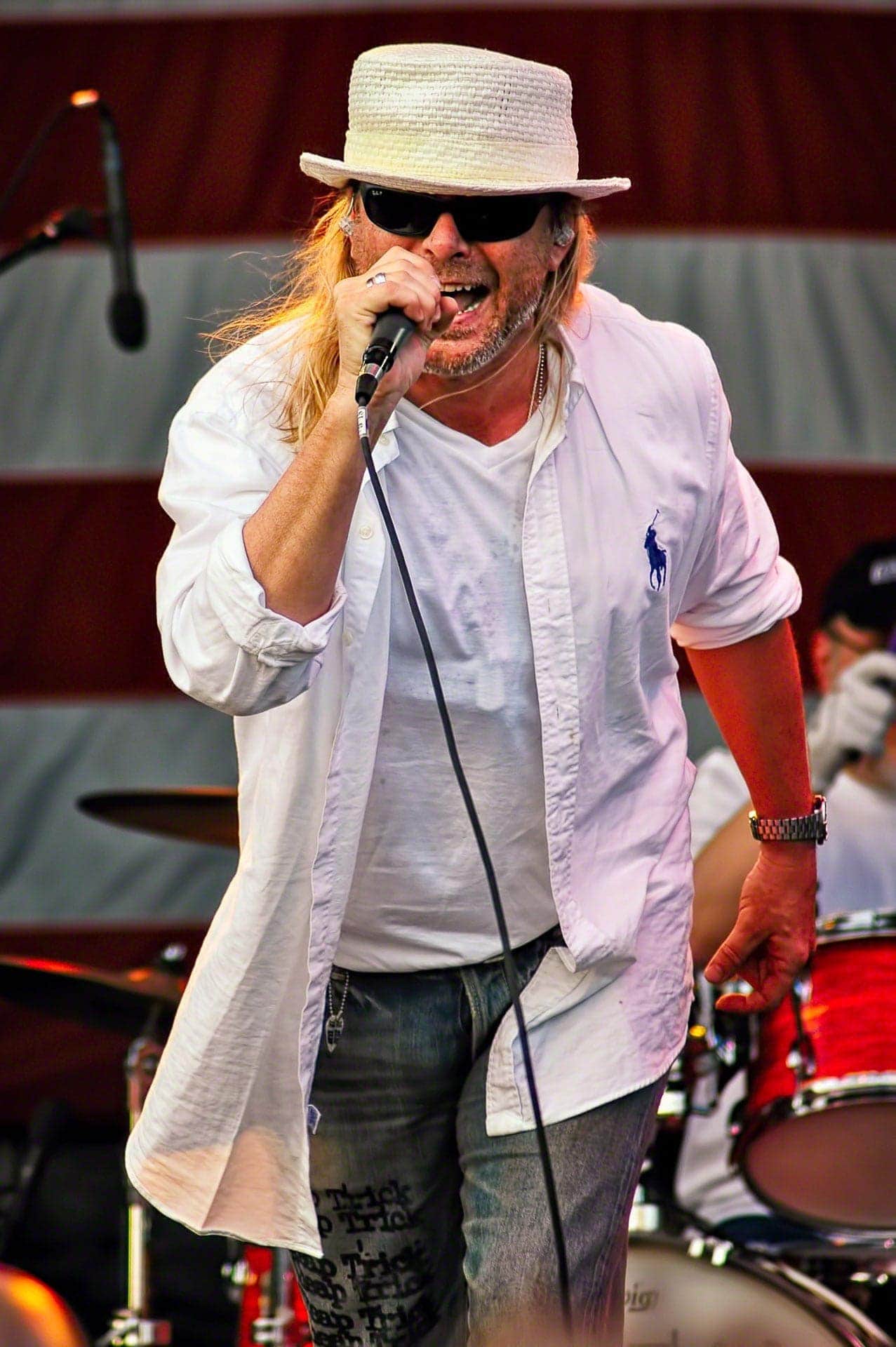
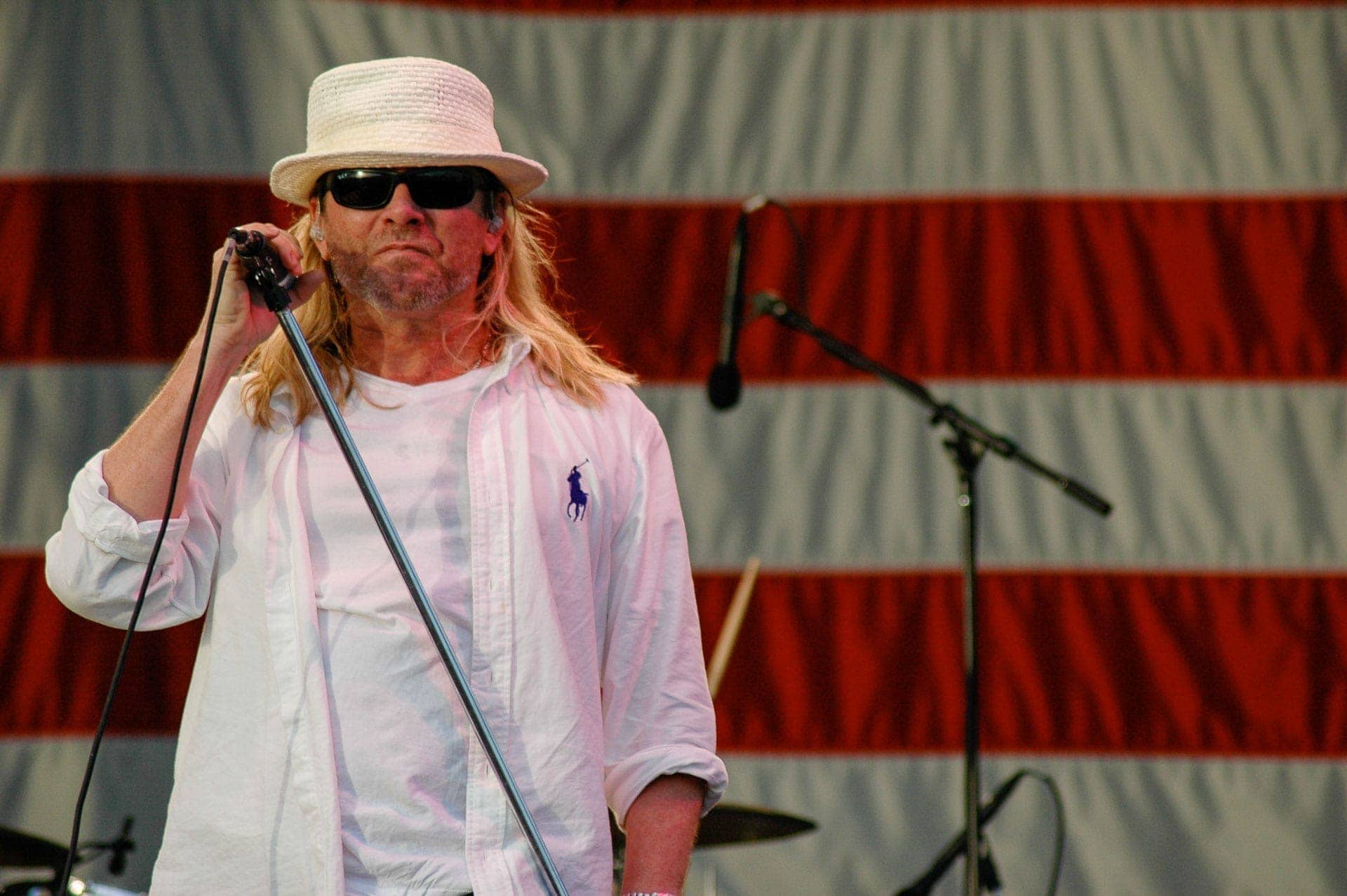

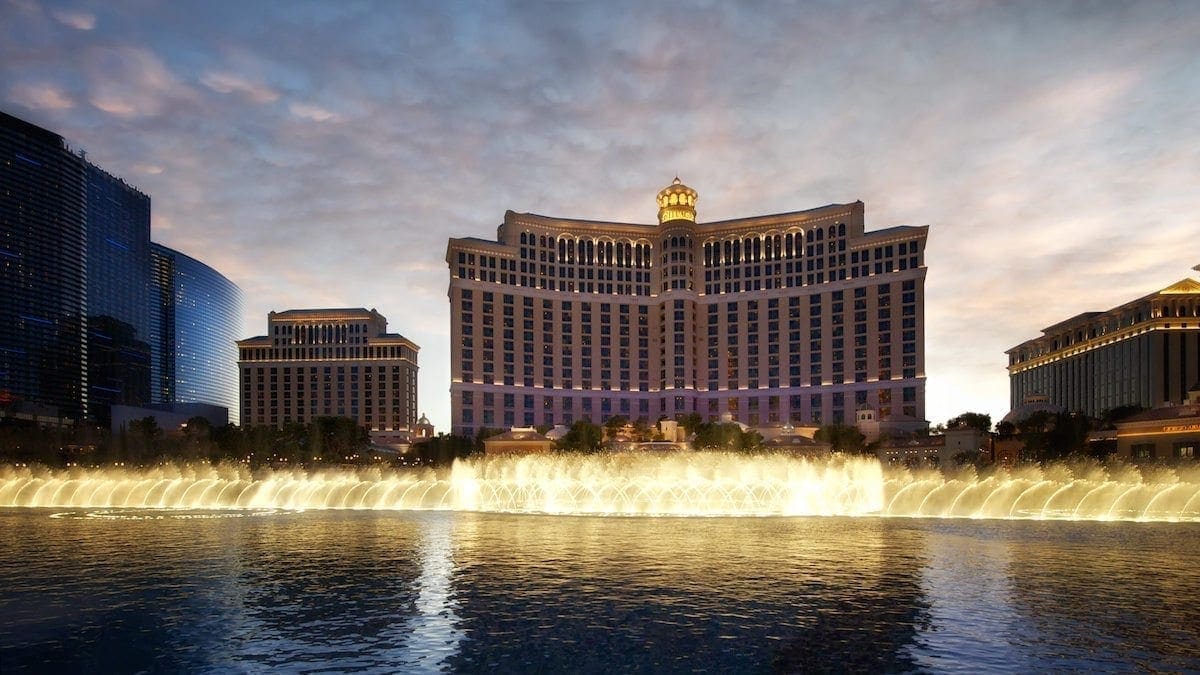
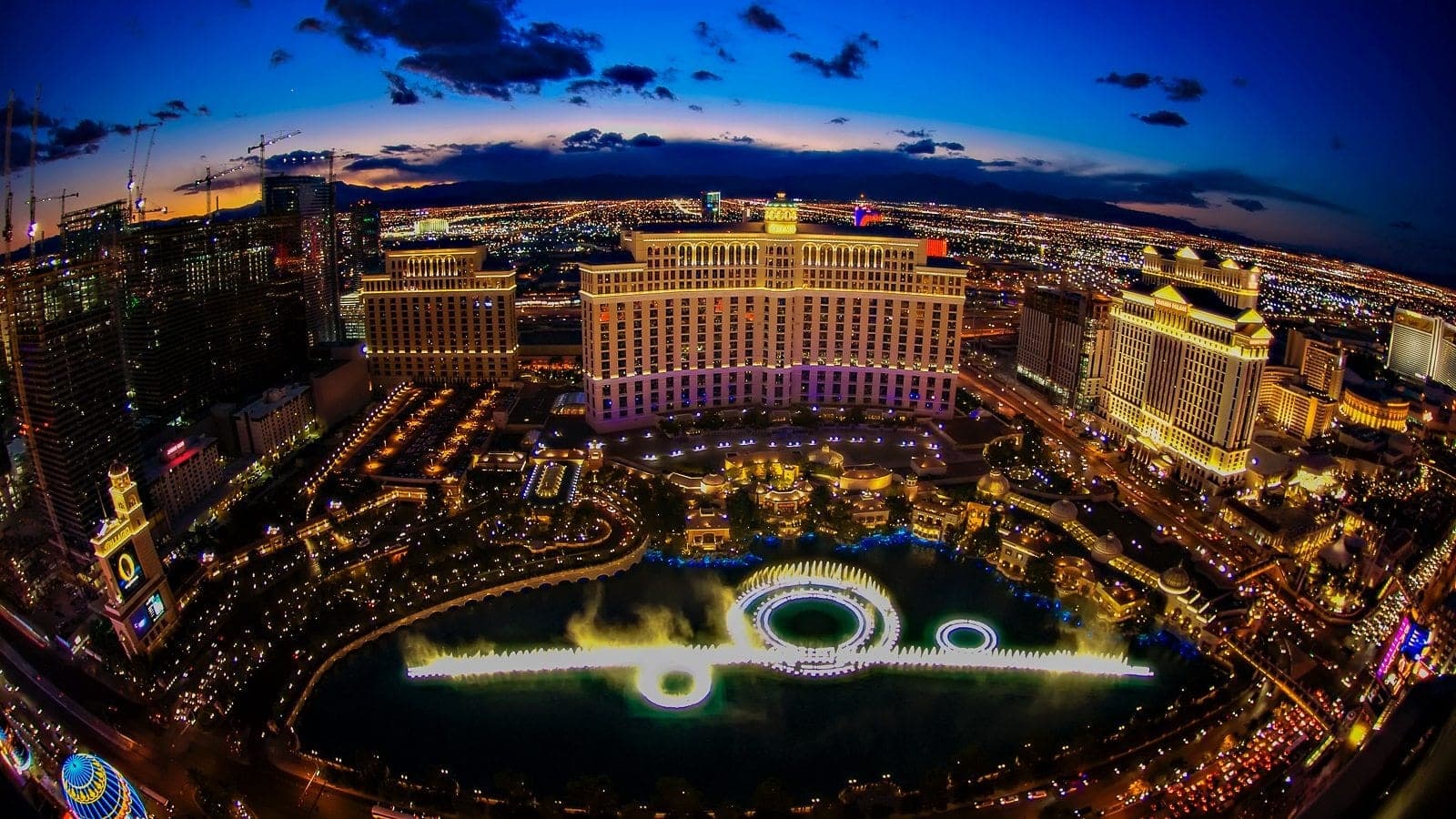
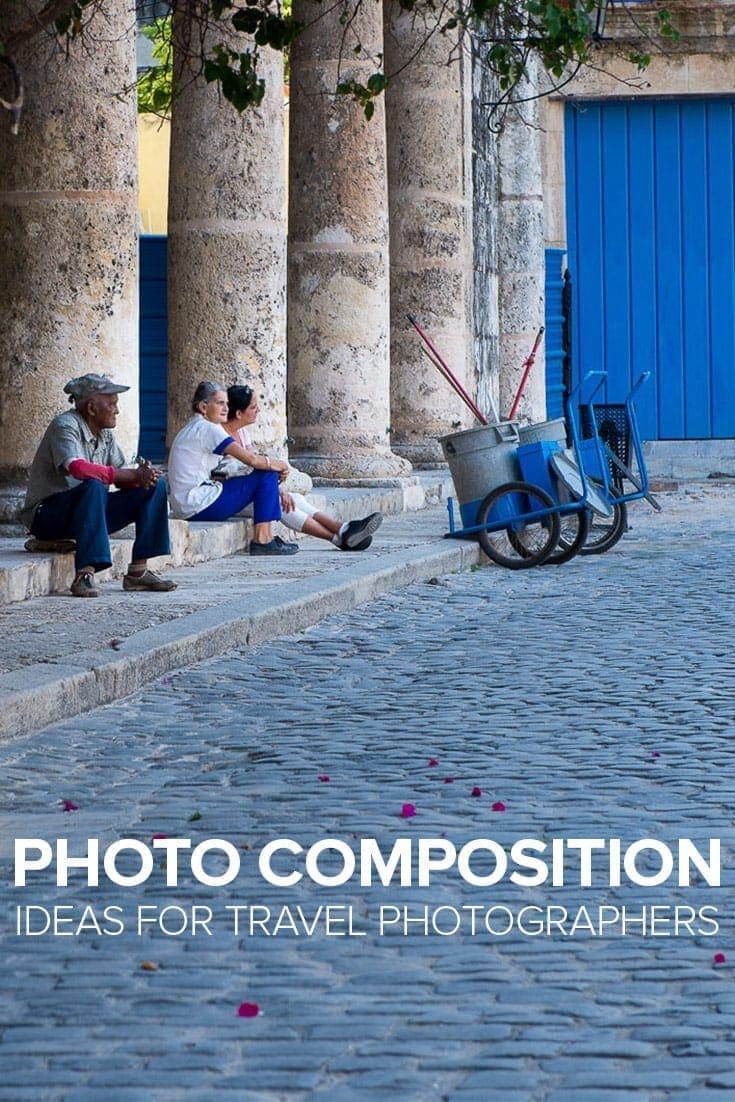

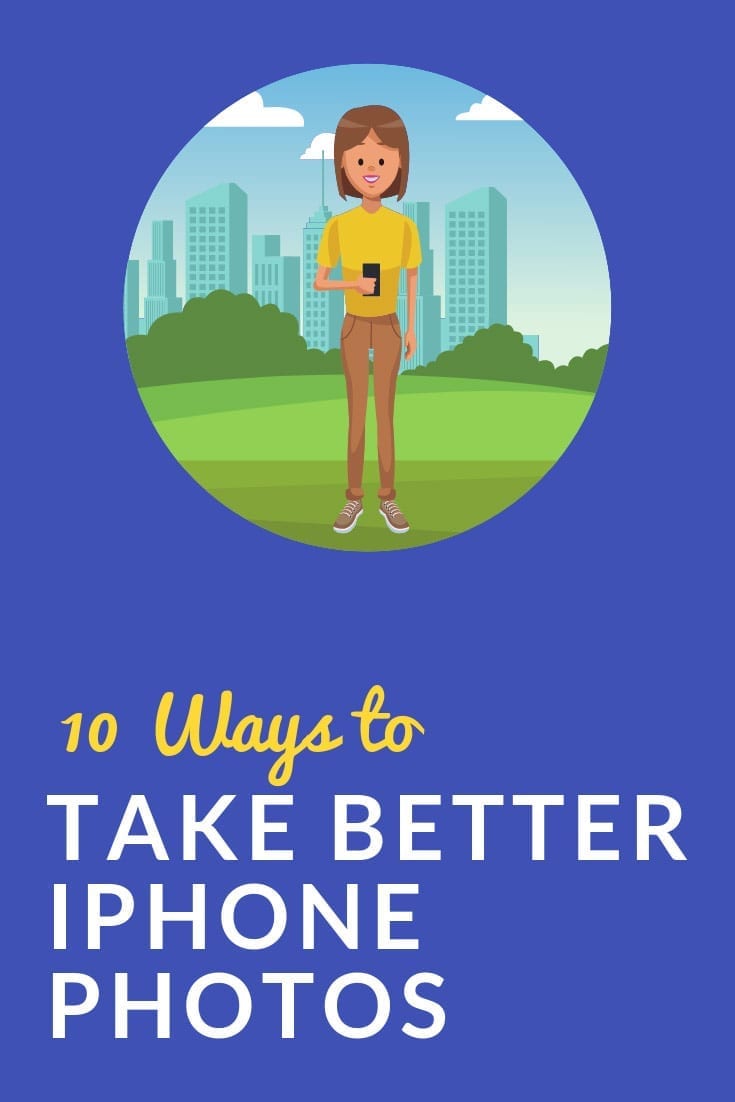
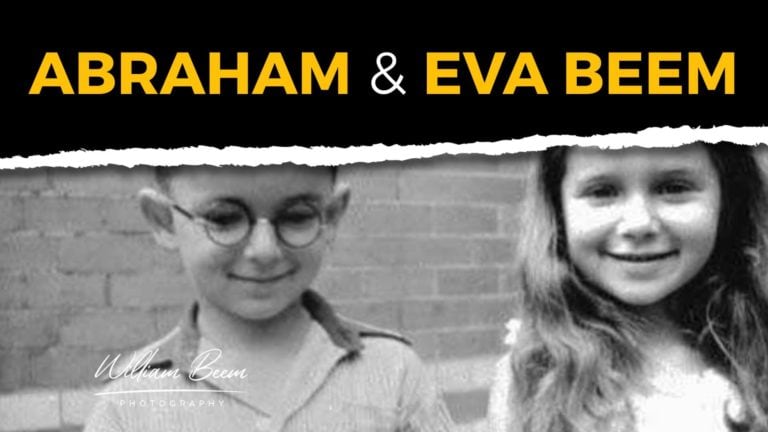
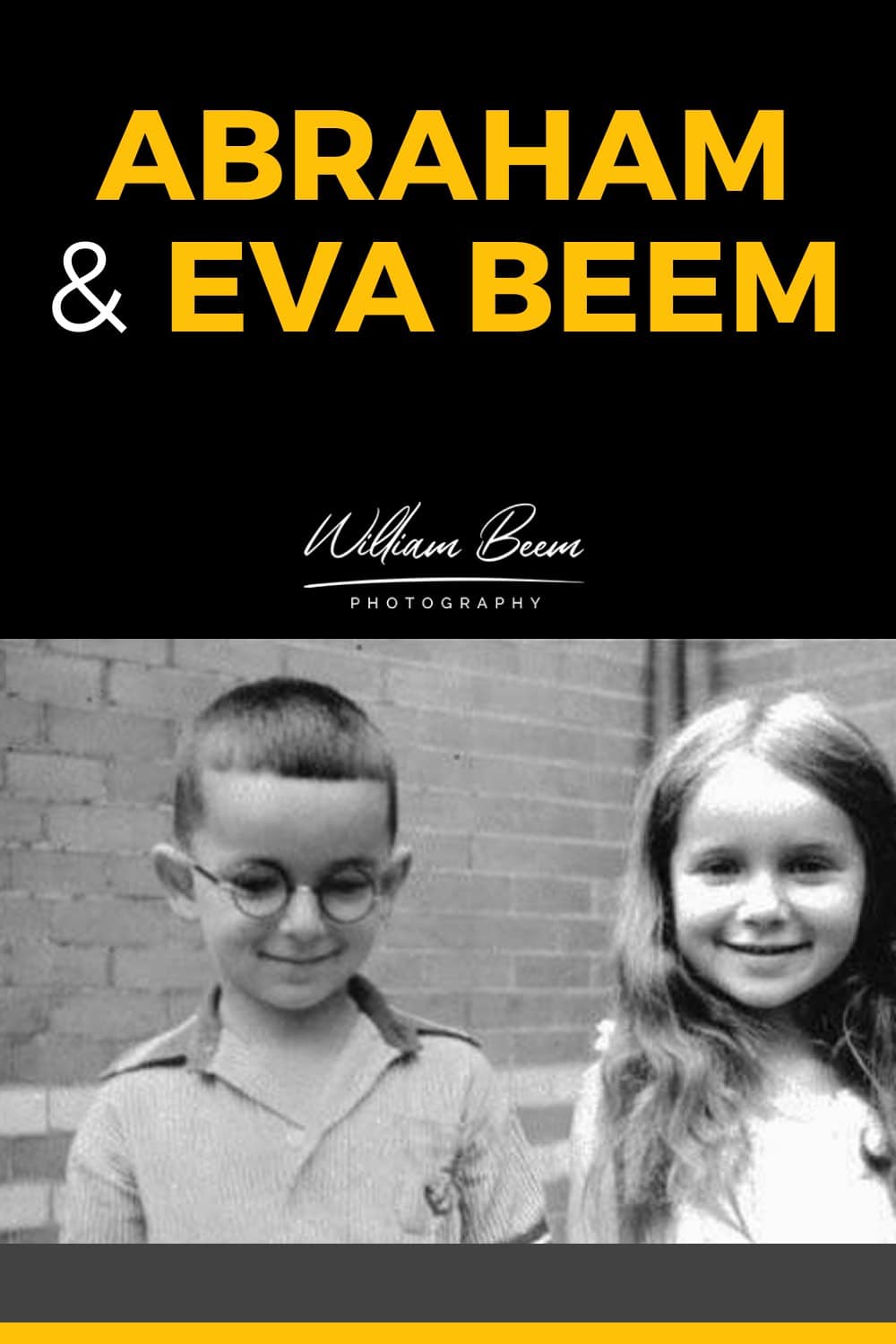
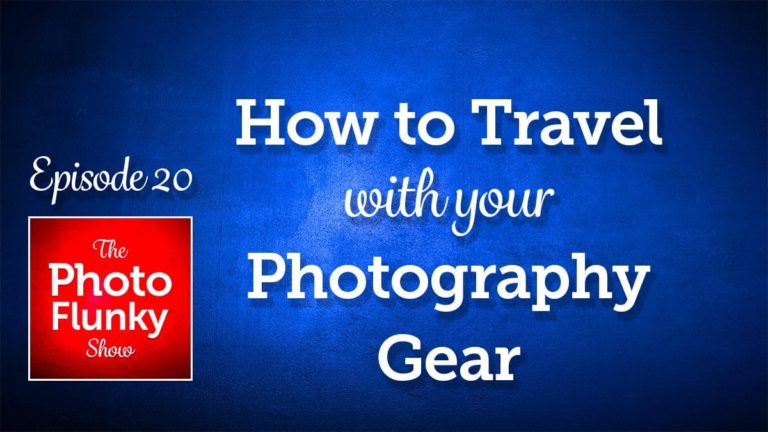
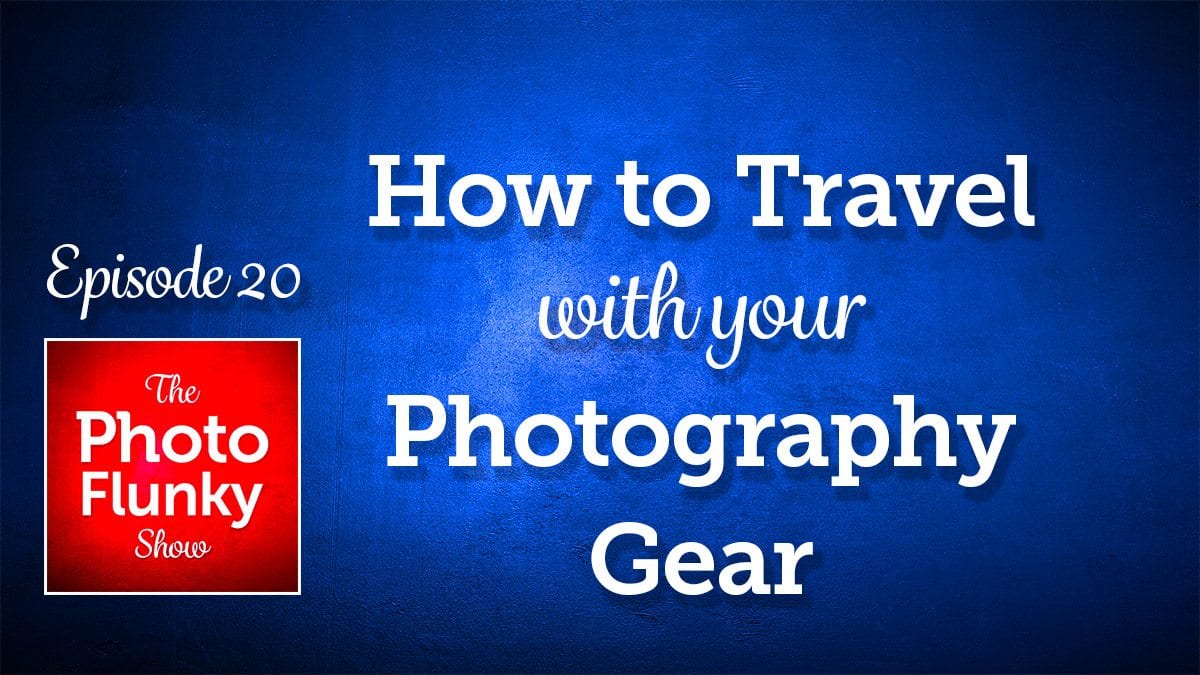

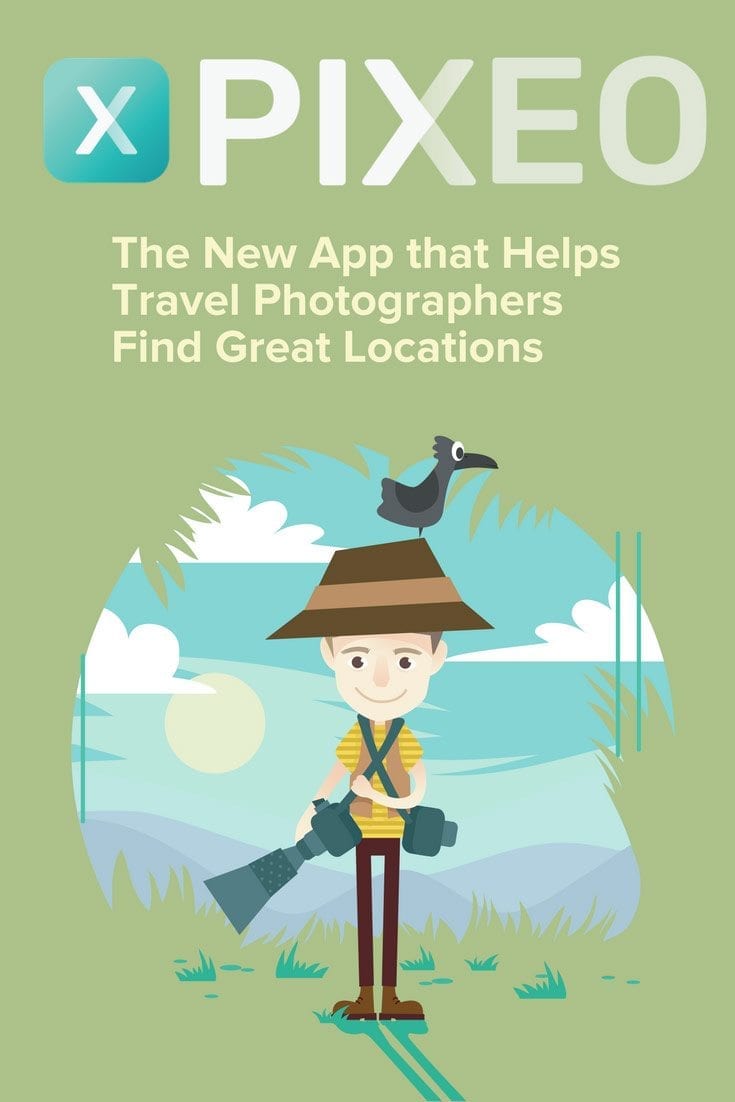
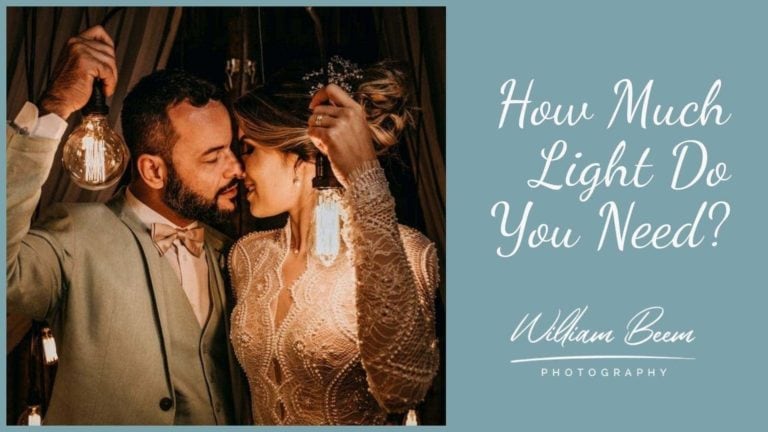
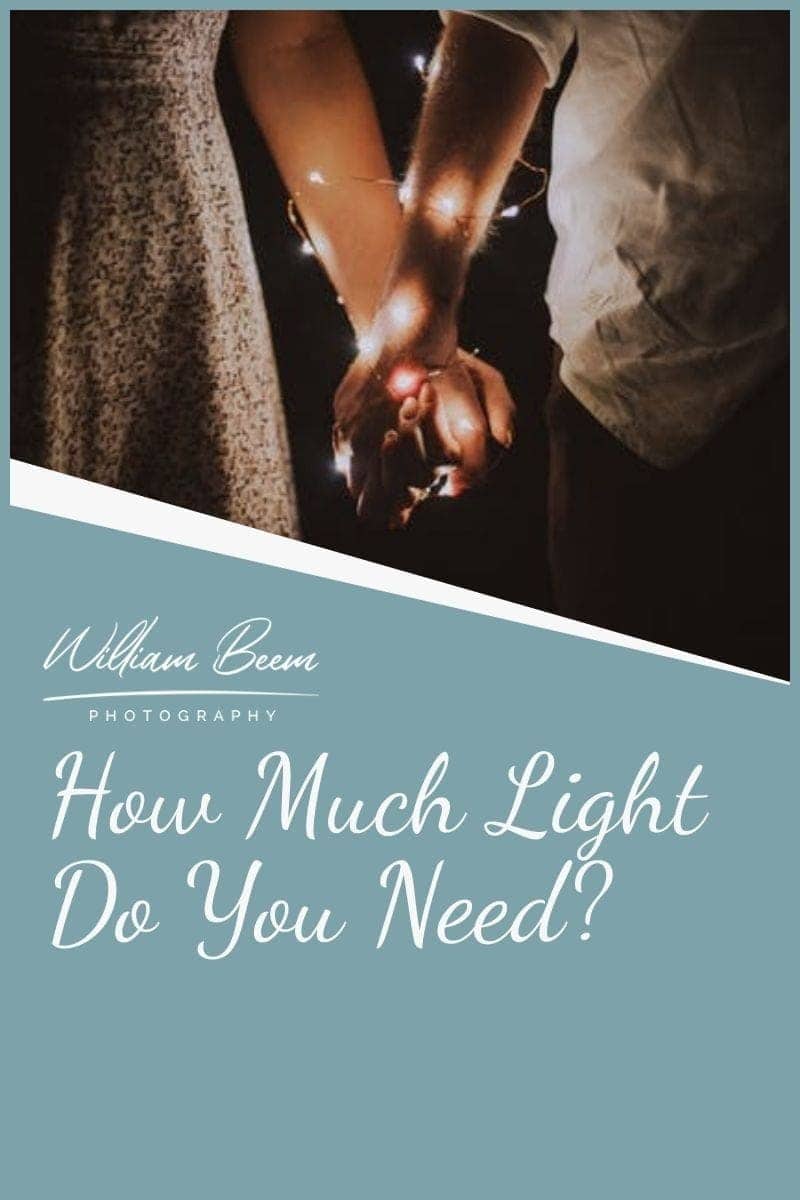
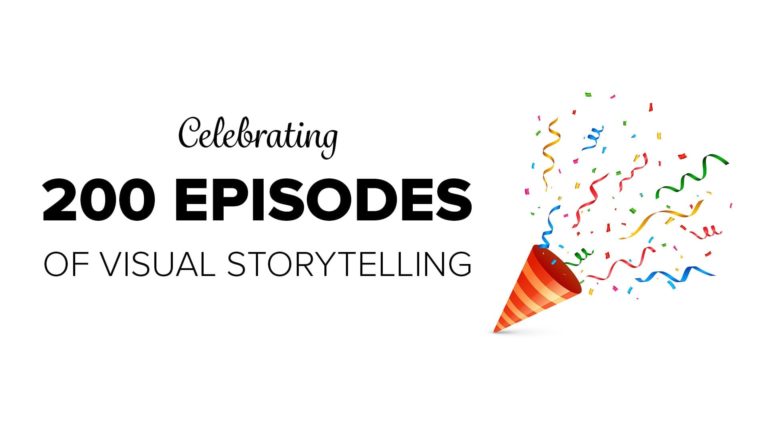
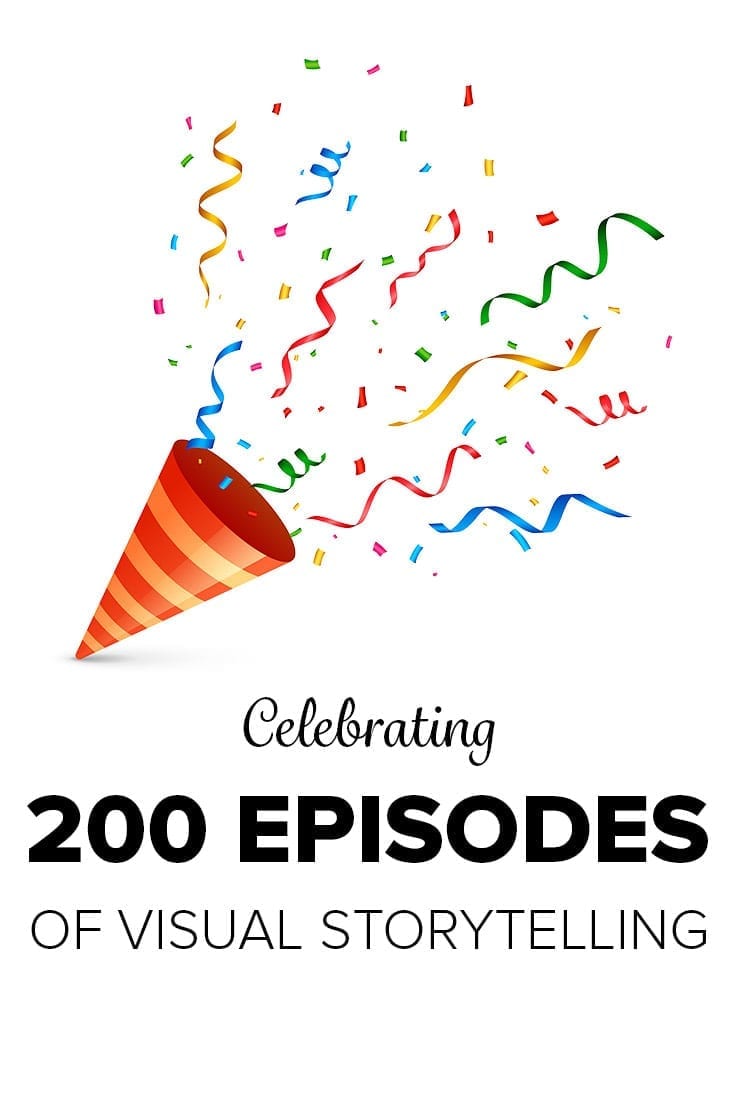
Ys Right U Alwys Giving Proper Knowledge.
M Also A Blogger And M Big Fan of Yours And Inspired by You Sir. This is my Blog https://www.rashifalinhindi.com
I love the blog